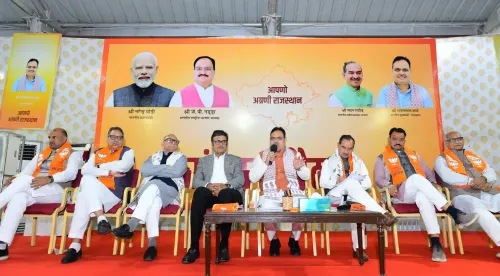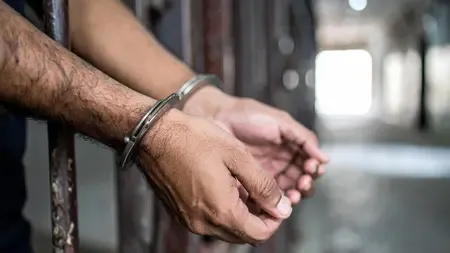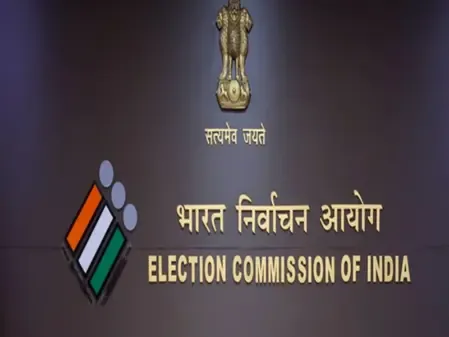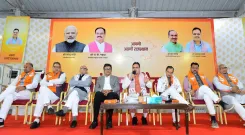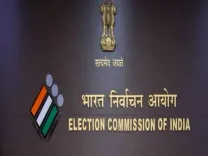Is India Becoming Naxal-Free? 'Most Affected Districts' by Left Wing Extremism Reduced from 6 to 3
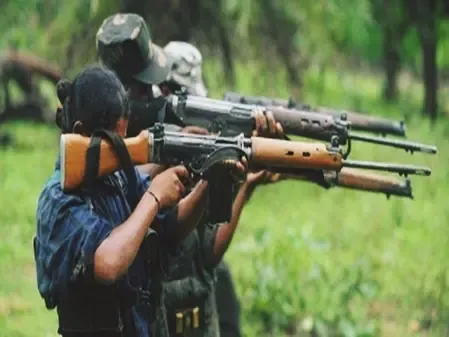
Synopsis
Key Takeaways
- Naxal-free Bharat initiative shows promising results.
- Reduction of 'Most Affected Districts' from 6 to 3.
- Significant decline in LWE activities reported.
- Government aims for complete eradication by 2026.
- Successful operations have led to the surrender of numerous cadres.
New Delhi, Oct 15 (NationPress) The Government’s goal of establishing a Naxal-free Bharat is showing impressive progress as the number of districts severely impacted by red terror has been notably decreased from six to three. A government announcement on Wednesday highlighted that Left Wing Extremism (LWE) has experienced a significant decline, with only three districts—Bijapur, Sukma, and Narayanpur, all located in Chhattisgarh—still facing its influence.
The number of districts still under the influence of LWE has also dropped from 18 to 11, the report indicated.
Notably, Union Home Minister Amit Shah has consistently asserted that the Naxal threat will be entirely eliminated from the nation by March 31, 2026.
The anti-Naxal initiatives have garnered notable success in recent years, resulting in the elimination of over 300 LWE fighters, including the CPI (Maoist) General Secretary and eight other members of the Polit Bureau/Central Committee. Additionally, 836 LWE members were apprehended, while 1,639 surrendered and reintegrated into society. Among those who surrendered were one Polit Bureau Member and a Central Committee Member.
An unprecedented victory has been achieved in combating the Naxal threat under the Modi government through the diligent execution of the National Action Plan and Policy, which proposes a multi-faceted strategy.
Once deemed India’s “largest internal security challenge” by the former Prime Minister in 2010, the menace of Naxalism is now evidently diminishing. The Naxals had envisioned a red corridor stretching from Pashupati in Nepal to Tirupati in Andhra Pradesh.
In 2013, 126 districts across various states reported incidents of Naxal-related violence; by March 2025, this figure had plummeted to just 18 districts, with only six classified as ‘Most Affected Districts.’



